Optimal Timing for Waterproofing Applications

Applying waterproofing during construction ensures protection from moisture infiltration from the outset.
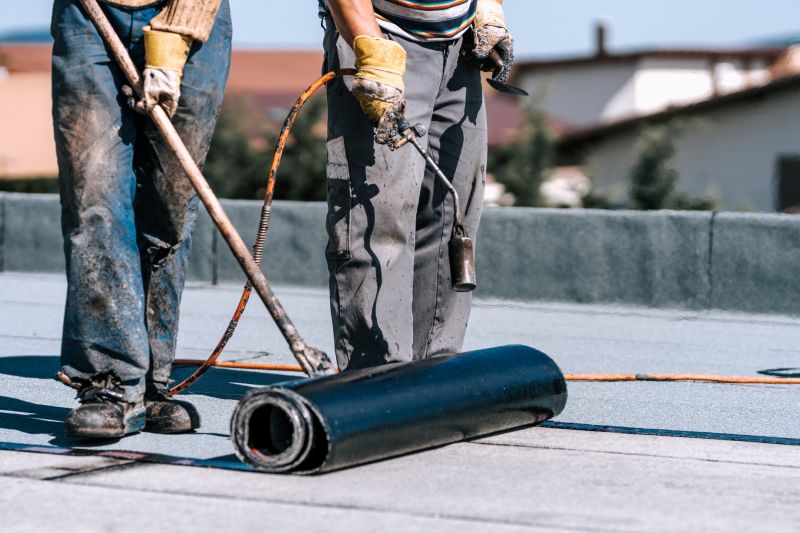
Warmer months with dry weather provide ideal conditions for effective waterproofing application.
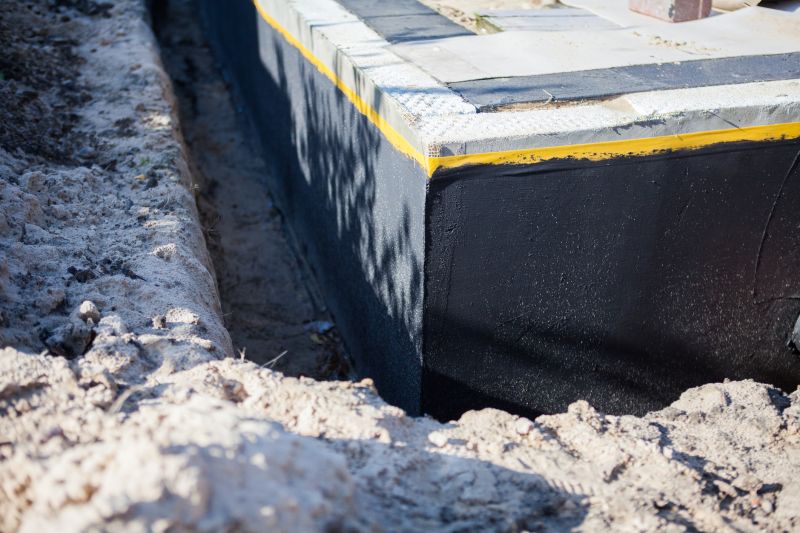
Performing waterproofing after construction allows for inspection and targeted sealing of vulnerable areas.
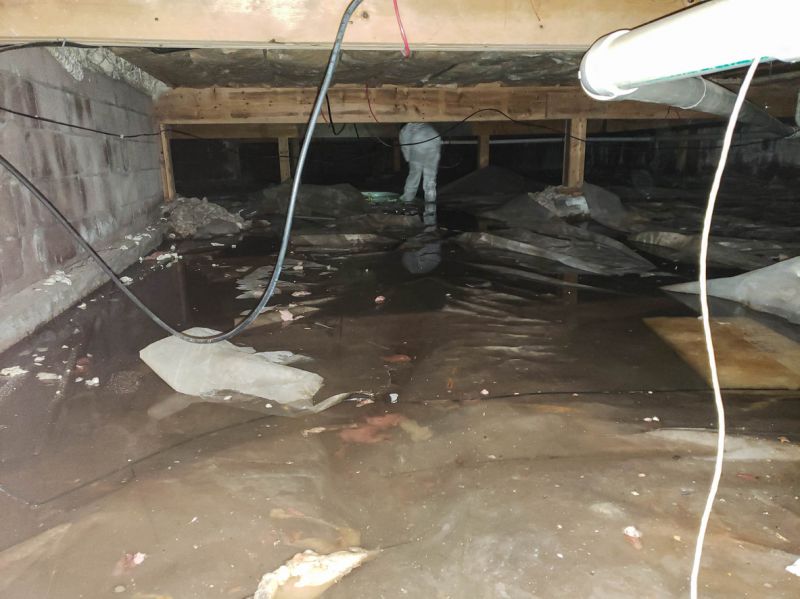
Ways to make Waterproofings work in tight or awkward layouts.

Popular materials for Waterproofings and why they hold up over time.

Simple add-ons that improve Waterproofings without blowing the budget.
Waterproofings are essential for protecting structures from water intrusion, which can cause damage, mold growth, and structural deterioration. Proper waterproofing extends the lifespan of buildings and reduces maintenance costs. The timing of waterproofing application plays a crucial role in its effectiveness, with optimal periods aligning with weather conditions that favor adhesion and curing.
Statistics indicate that waterproofing applied during favorable weather conditions results in a 30% higher success rate in preventing leaks. The most suitable times are during dry seasons or periods with minimal rainfall, typically in late spring and summer. Proper planning ensures that waterproofing materials cure correctly and form a durable barrier against moisture.
Avoid waterproofing during rainy or freezing conditions to ensure optimal adhesion and curing.
Choose waterproofing products compatible with seasonal temperatures for best results.
Schedule inspections and touch-ups during dry periods to maintain waterproof integrity.
Different structures may require waterproofing at specific stages for maximum effectiveness.
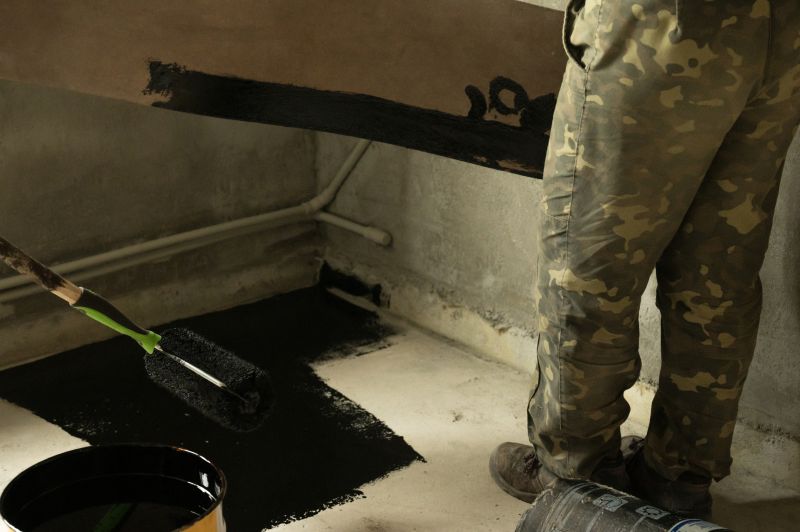
Skilled application ensures a seamless moisture barrier.
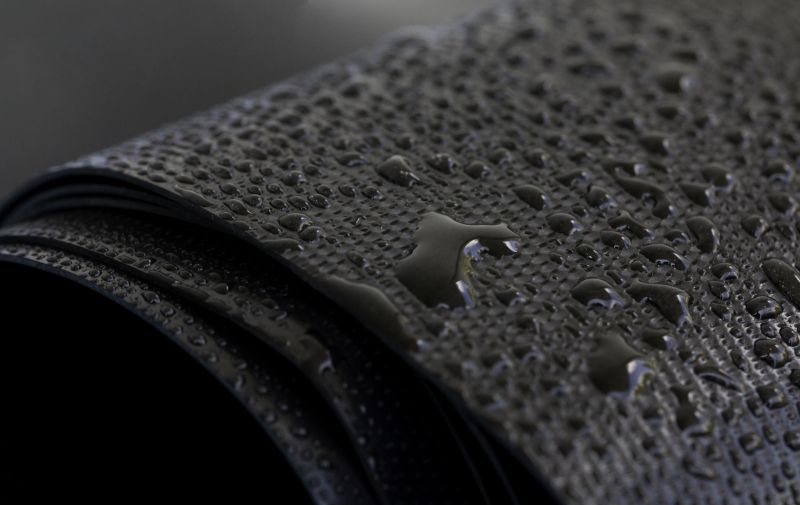
Ideal for waterproofing to prevent issues caused by moisture and humidity.
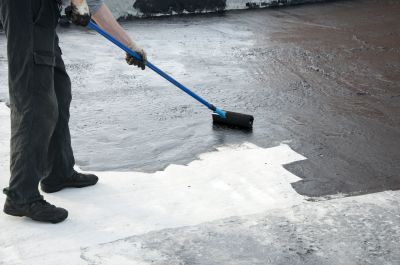
Regular checks during dry seasons help maintain waterproof integrity.

Choose the right materials suited for seasonal weather conditions.
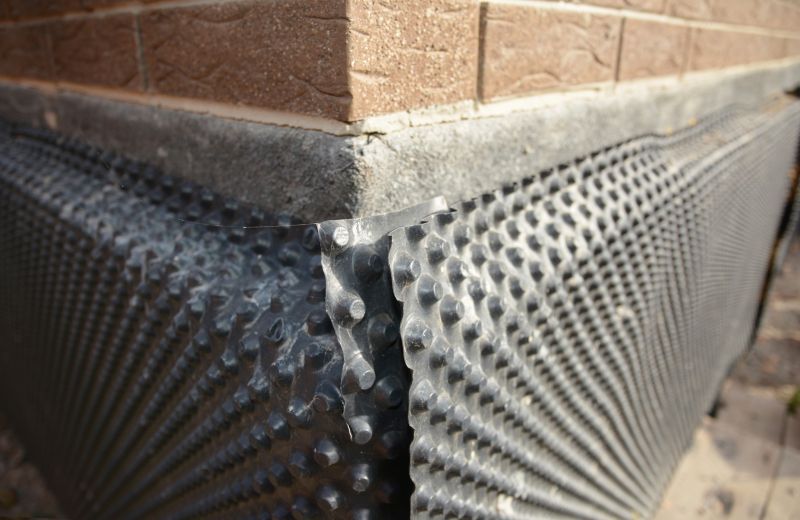
High-end options that actually feel worth it for Waterproofings.
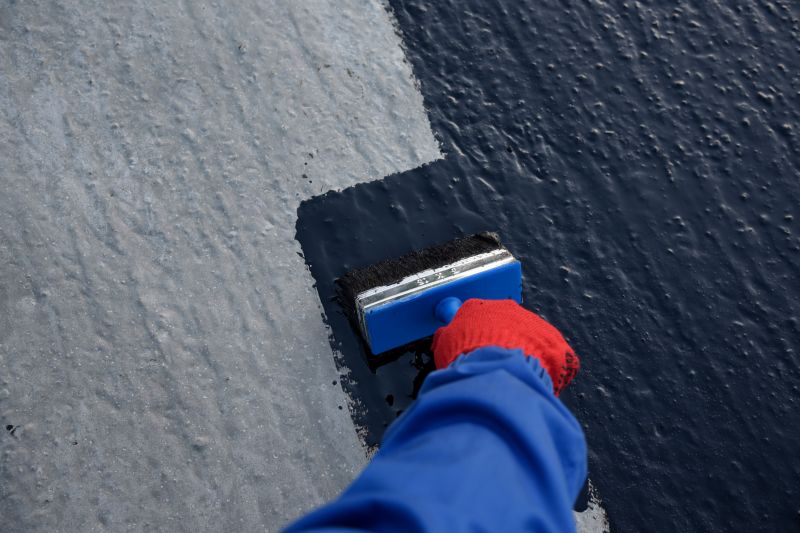
Finishes and colors that play nicely with Waterproofings.
| Season | Optimal Waterproofing Conditions |
|---|---|
| Spring | Dry and mild weather ideal for application |
| Summer | Warm temperatures and low humidity perfect for curing |
| Fall | Good for post-construction waterproofing before winter |
| Winter | Not recommended due to freezing and moisture risks |
| Late Spring | High effectiveness with stable weather |
| Early Fall | Suitable for maintenance and touch-ups |
| Early Summer | Optimal for new applications |
| Late Summer | Effective with minimal rainfall |
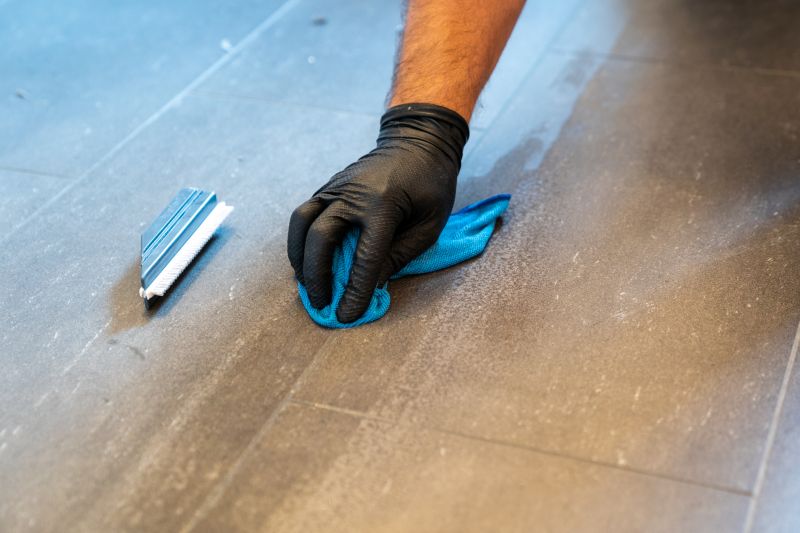
Application during optimal weather ensures durability.
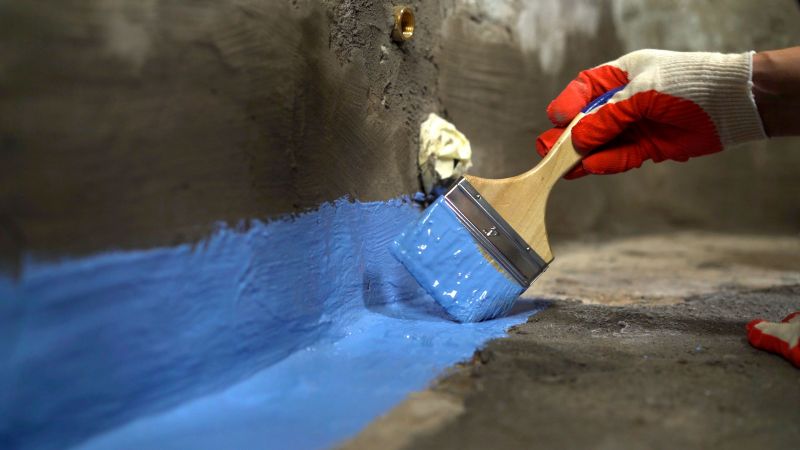
Timing applications to seasonal conditions enhances success.
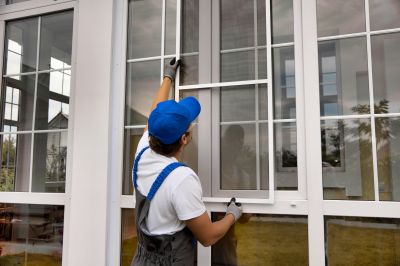
Keeping track of forecasted weather is essential for scheduling.

Performing inspections during dry periods prolongs waterproofing effectiveness.

Little measurements that prevent headaches on Waterproofings day.
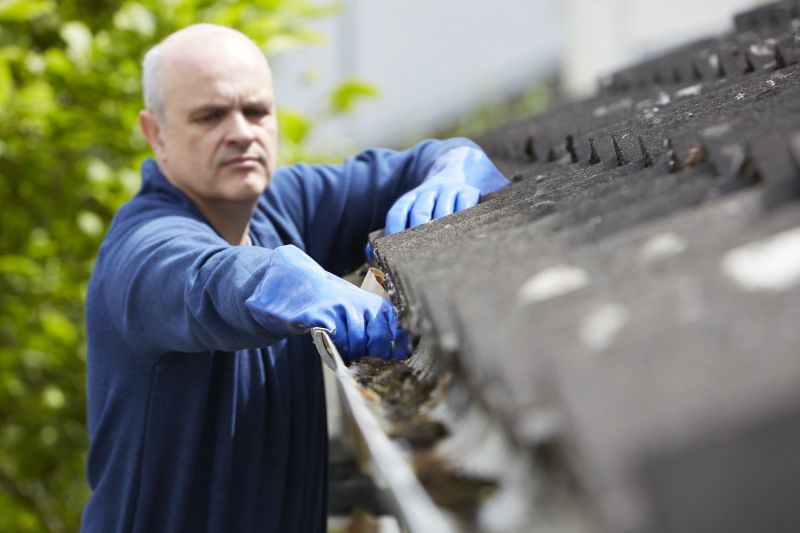
A 60-second routine that keeps Waterproofings looking new.
Proper timing for waterproofing depends on local climate conditions and the specific requirements of the structure. Planning waterproofing during periods with minimal rainfall and stable temperatures ensures the best adhesion and curing, leading to longer-lasting protection. Regular inspections and maintenance during suitable seasons help sustain waterproof barriers and prevent water-related damages.
For structures in Sheboygan, Wisconsin, the late spring and summer months are generally the most suitable for waterproofing projects. These periods offer stable weather conditions that support the application process and help ensure the longevity of waterproofing materials. Consulting with waterproofing professionals can provide tailored recommendations based on local climate patterns and building specifics.
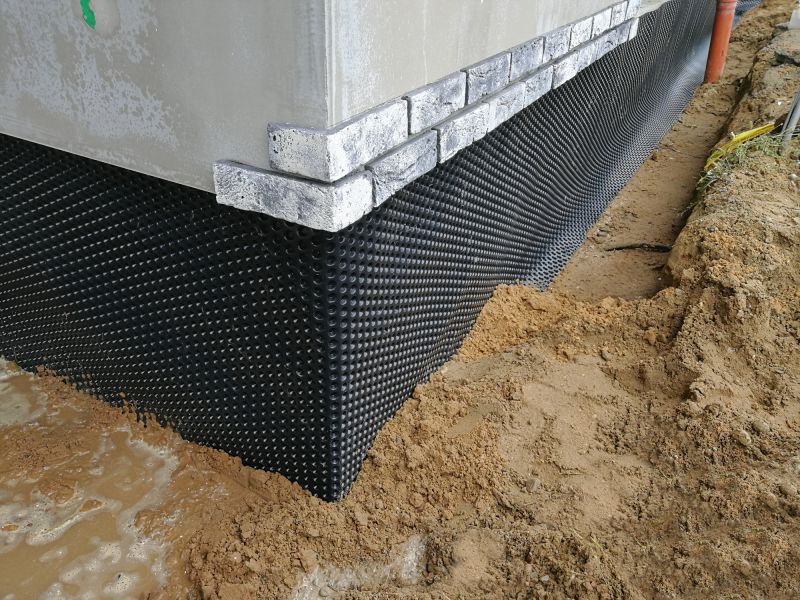
Selection based on seasonal weather conditions ensures optimal performance.
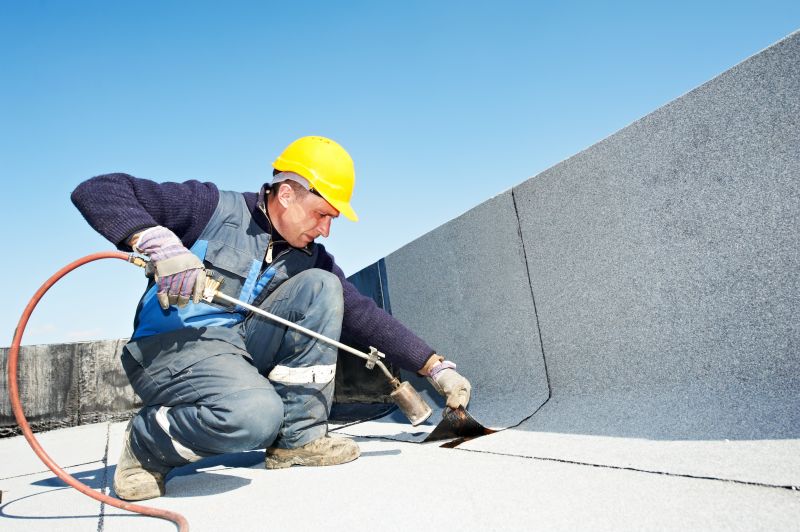
Proper techniques during favorable weather maximize durability.
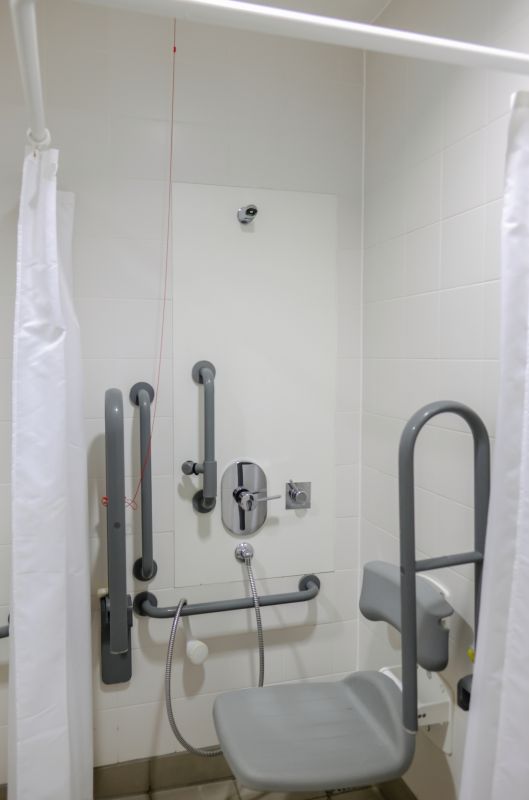
Scheduled during dry seasons to verify waterproof integrity.
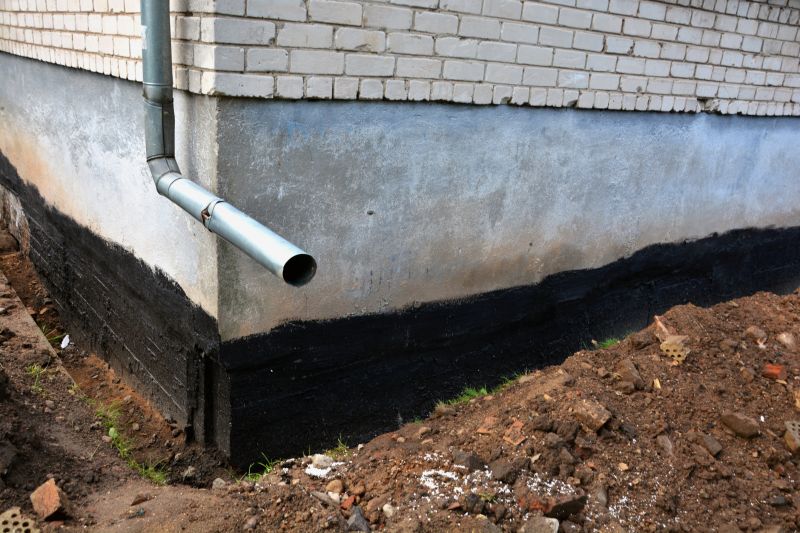
Timing waterproofing to weather conditions extends structure lifespan.

Lower-waste or water-saving choices for Waterproofings.
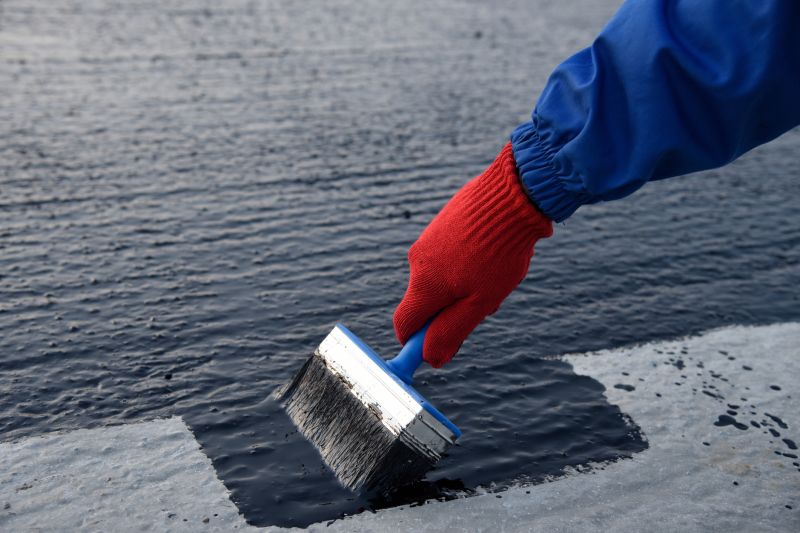
The short, realistic tool list for quality Waterproofings.
Interested in waterproofing services? Filling out a contact form can provide tailored advice and scheduling options to ensure waterproofing is performed at the most effective time for a specific project in Sheboygan, WI.

